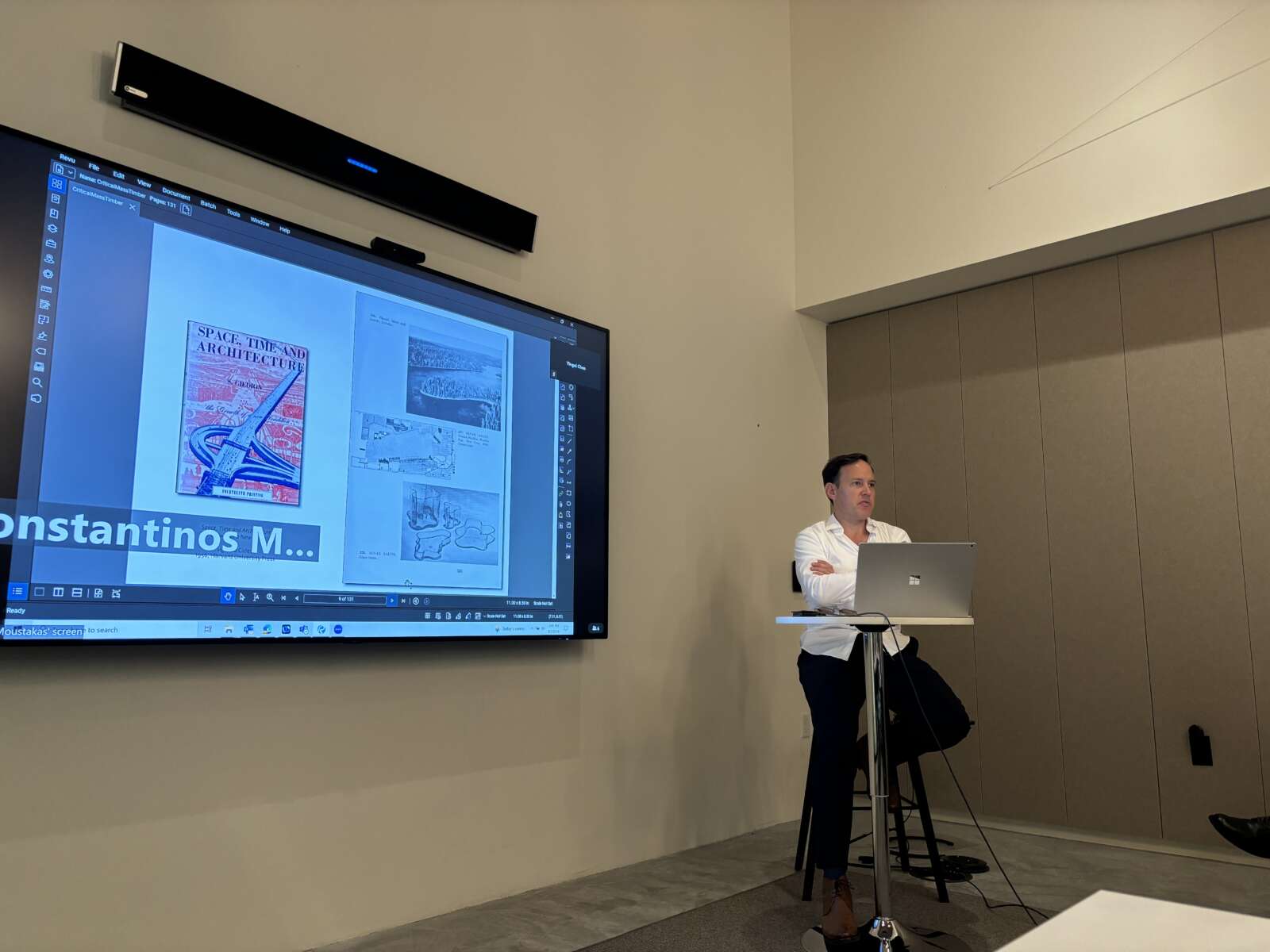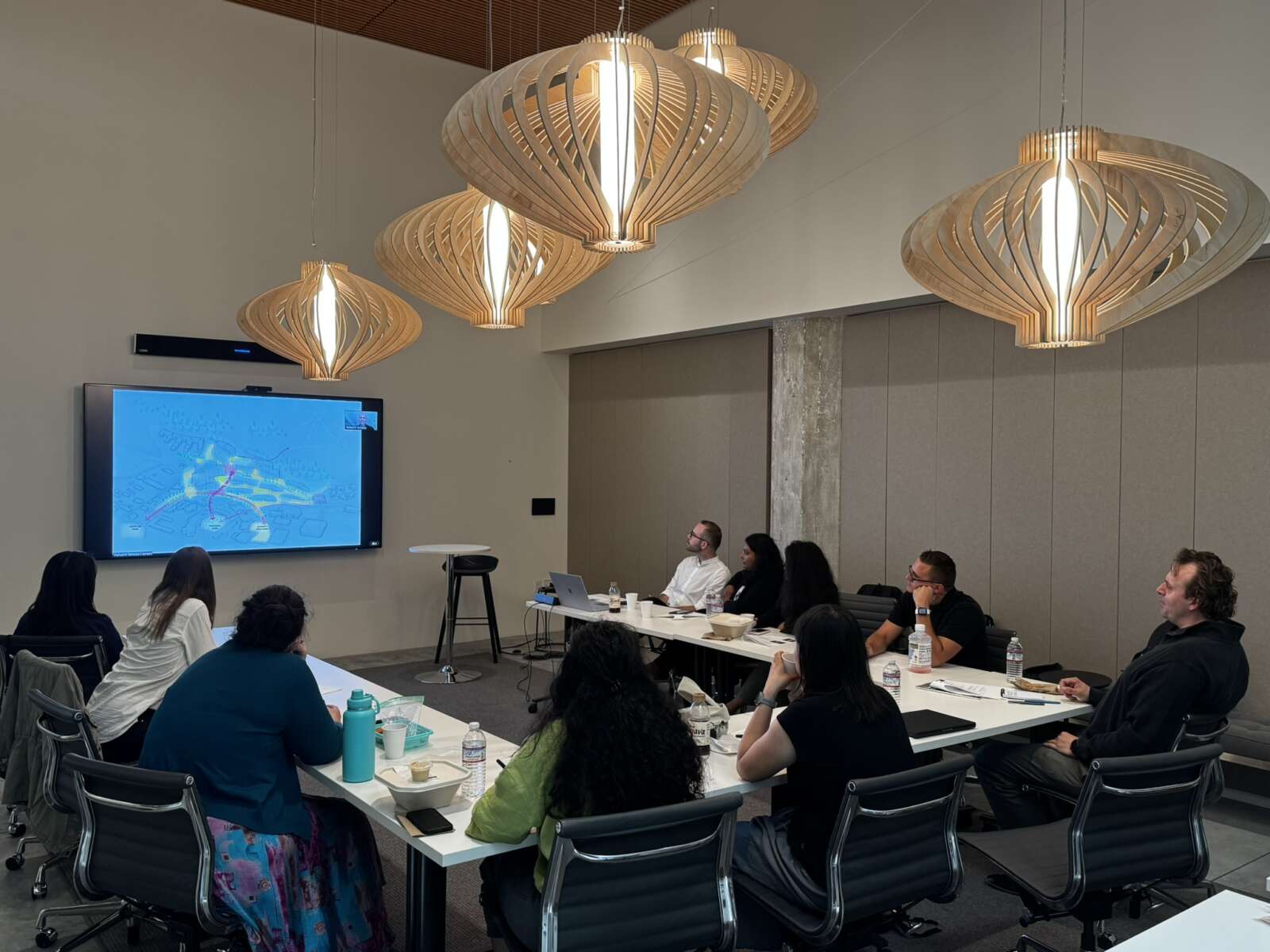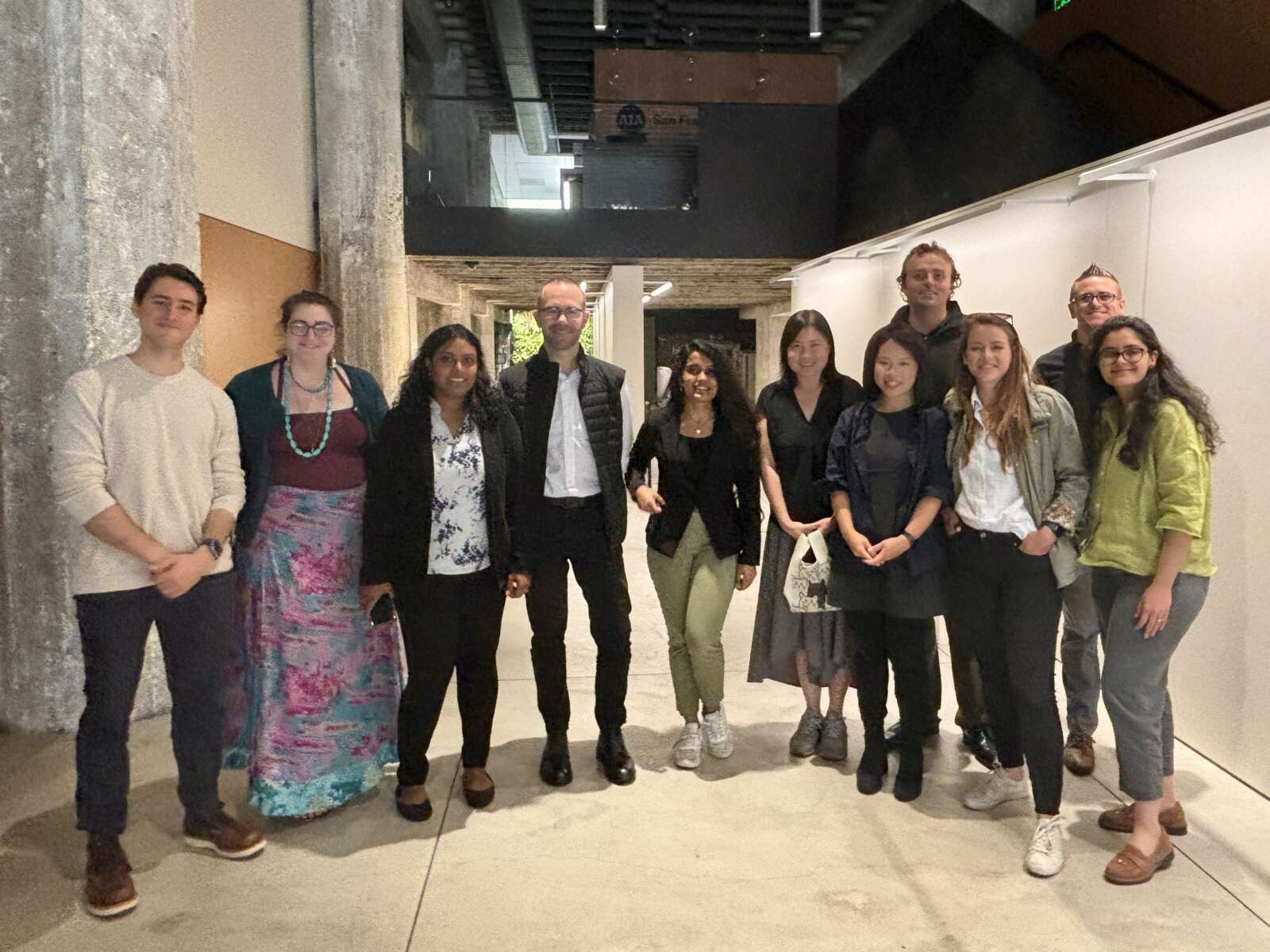Christopher Kelley Leadership Development Program
Session 06: Industry Game Changers
Date: August 2nd, 2024
Location: Center for Architecture + Design, 140 Sutter St, San Francisco
Led by: Srivarshini Balaji, AIA, CASp, CDT & Konstantinos Moustakas, Intl. Assoc. AIA
2024 Executive Committee: Chair: Madhubala Ayyamperumal, Assoc. AIA
Graphics Advisor: Sreedevi Krishnan, Assoc. AIA
Session Sponsors: AIA Silicon Valley, AIA San Francisco, Center for Architecture + Design, Steinberg Hart, Aedis Architects, FullStack Modular, UC Berkeley
Overview
AIA Silicon Valley’s CKLDP honed essential skills for emerging architects at its August 2nd session in San Francisco, hosted by AIA San Francisco at the Center for Architecture + Design. The program explored industry trends including sustainability, prefabrication, mass timber, and AI technology in architecture.
The session started with a lecture on sustainable development through the principles of biophilia and tactical urbanism. Next, the scholars explored a case study of modular construction for student housing. This was followed by a lecture focused on mass timer and its environmental benefits, and how architects can do due diligence when selecting sustainable materials. Lastly, scholars received a real-time demonstration of the latest AI tools in architecture practice.
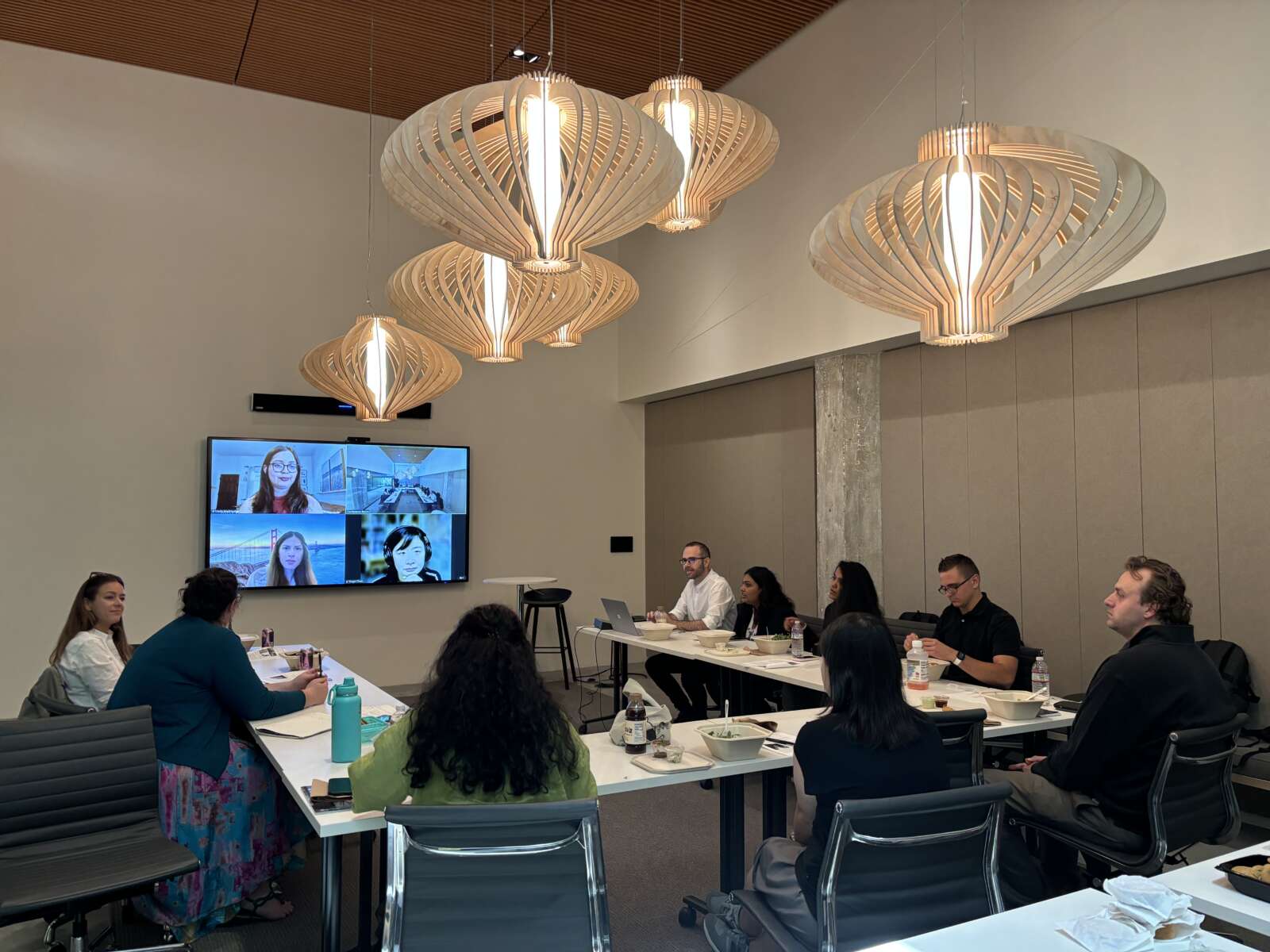
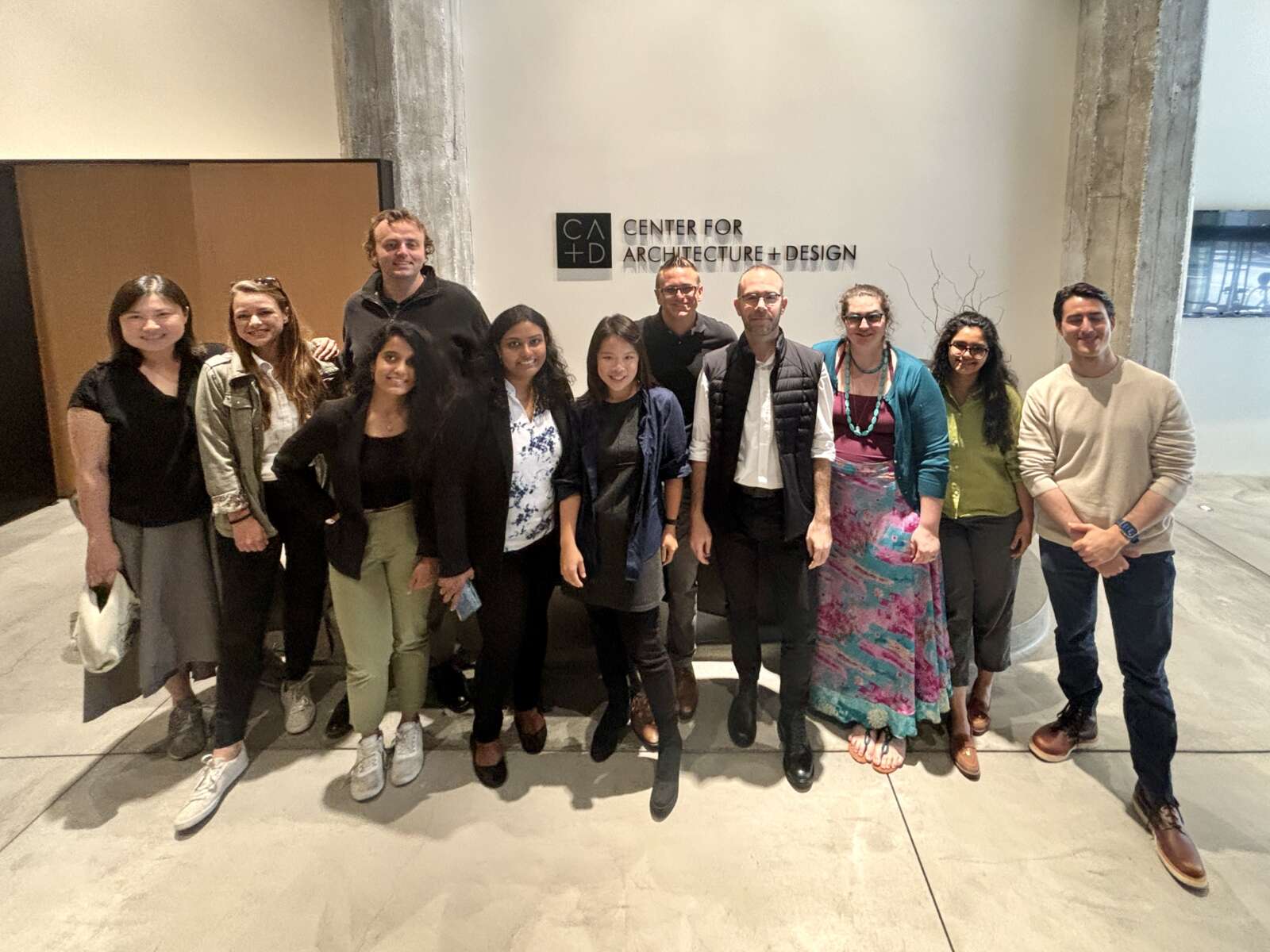
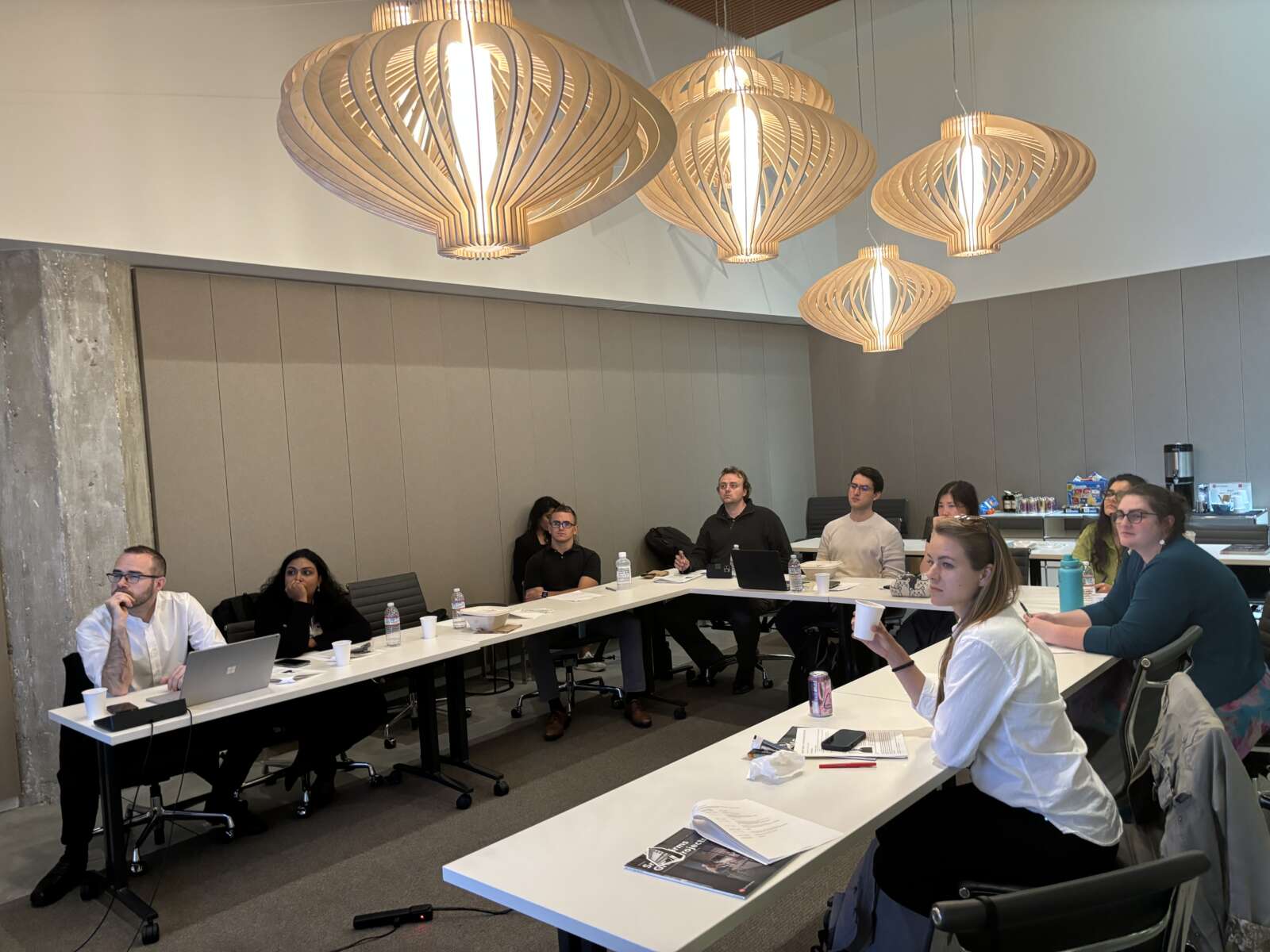
Lecture 1: Strategies for Sustainable Development: From Building Practices to Community Action & Policies
Elena Oikonomaki, Architect and Urban Designer, Analyst, Urenio Research Lab
The definition of community has been evolving as people increasingly migrate to cities, leading to cities becoming more global. The first lecture covered sustainable development across multiple scales: building level, street level, city level, and global
level. The lecture included a group activity where participants discussed designing with materiality in mind, the challenges of selecting the right materials, and shared stories about advocating for sustainability as architects.
Presentation 2: Cal Poly, SLP Student Housing: Benefits of Prefabrication
Asheshh Saheba AIA, LEED AP BD+C,Manager Partner, Steinberg Hart
Matthew Flocks, COO, FullStack Modular
The second lecture focused on student housing and the benefits and methodologies of prefabrication in construction. The case study detailed the delivery of over 4,000 beds in multiple phases. The building design features factory-fabricated facades tailored to program needs, balancing efficiency with some variation. Prefabrication saves time and money, enhances worker safety, and minimizes neighbor complaints. The design uses a systemized approach with modular units featuring flexible layouts, distinguishing between wet and dry modules, with 80-85% of construction done in factories. The speakers elaborated that collaboration emerged as a success factor. Every discipline including fabricators and clients, collaborated in the same space to solve problems. Specialized groups, or workstreams, addressed specific issues before coming together to discuss outcomes and concerns. Additionally, a risk-reward pool incentivized all parties with profit rewards for delivering the project on time and within budget. The lecture concluded with a Q&A session covering the collocation approach, economy of scale, client decision and RFQ selection processes, future technical improvements, and strategies for conflict resolution.
Presentation 3: Mass Timber and its future in Architecture
Philip Tidwell, Assistant Professor of Architecture, UC Berkeley
The third lecture drew inspiration from Alvar Aalto and highlighted Finland’s history of timber industrialization. Timber is carbon-efficient, however, also embodies carbon through energy use in kiln drying, harvesting, installation, transportation, and disposal.
The lecture questioned whether a mass timber revolution was coming to California, noting the complexities of transporting materials across countries. Climate challenges include drought, fire hazards, and uncontrolled forest densification, with wildfires erasing 16 years of climate gains in California, contributing to considerations of selecting timber as a building material. The speaker emphasizes planning for material reuse and recycling, and the need to reframe building as a service to forestry, aiming for longevity and a deeper understanding of wood.
Presentation 4: Live Demonstration of AI Tools in Architecture
Andrew Mikkelsen, AIA, Project Manager/Design Technology Manager, Aedis Architects
The fourth lecture started with an introduction to artificial intelligence applications in the architectural design process. The speaker explained that AI tools architects leveraged generally fall into two categories. Text to text, and text to image. To utilize these tools, users need to input a “prompt” that the AI model responds to. The scholars experimented with various prompts to AI platforms such as ChatGPT, Dall-E, Midjourney, Stable Diffusion, and Adobe. This hands-on demonstration allowed scholars to engage with these technologies to understand their practical applications and benefits.
